The Google Android fork: Google Play services, Android 4.4, and the Nexus Experience

Let's get one thing clear right off the bat - Google creates Android, but Android is not Google. The base layer of Android is open source and can be used by anyone for anything. As such, we've seen Android be forked by companies like Amazon, Xiaomi, and Baidu for use on smartphones; and, the platform has been forked by companies like OUYA for use in other market segments like gaming. I'd like to put forward an idea here: the most commonly used version of Android is actually a fork by Google itself.
The term "stock Android" is something of a misnomer, because pure stock Android would be the plain open source base layer that doesn't include any Google services. We know that there is a disconnect between Android's open source base and the Google layer of services that is built into the majority of consumer Android devices, although we often don't see that Google layer that much because of manufacturer skins. Underneath those skins is where you'll find the hidden-in-plain-sight fork of Android that Google has been building both to combat the various problems that get wrongly packaged under the dreaded term of fragmentation, but also because Google wants to be the king of its own castle. Google wants its version of Android to be the best and the canonical version of the platform, which is why the company has no problem with its version being called "stock Android" or "pure Android" despite it being heavily modified from the core system.
Google Play services
Google Play services is really what makes everything Google possible on your Android device. If you were to disable Google Play services, any app that even relies on a Google App to function would break. But the purpose of Google Play services goes well beyond that, because Play services is a system-level app that is automatically updated in the background by Google. In this way, Play services has become Google's answer to carriers and manufacturers being slow at pushing Android OS updates, because the software is updated automatically with no manufacturer modifications, no carrier slowdown, and no options for users to simply ignore the update altogether.
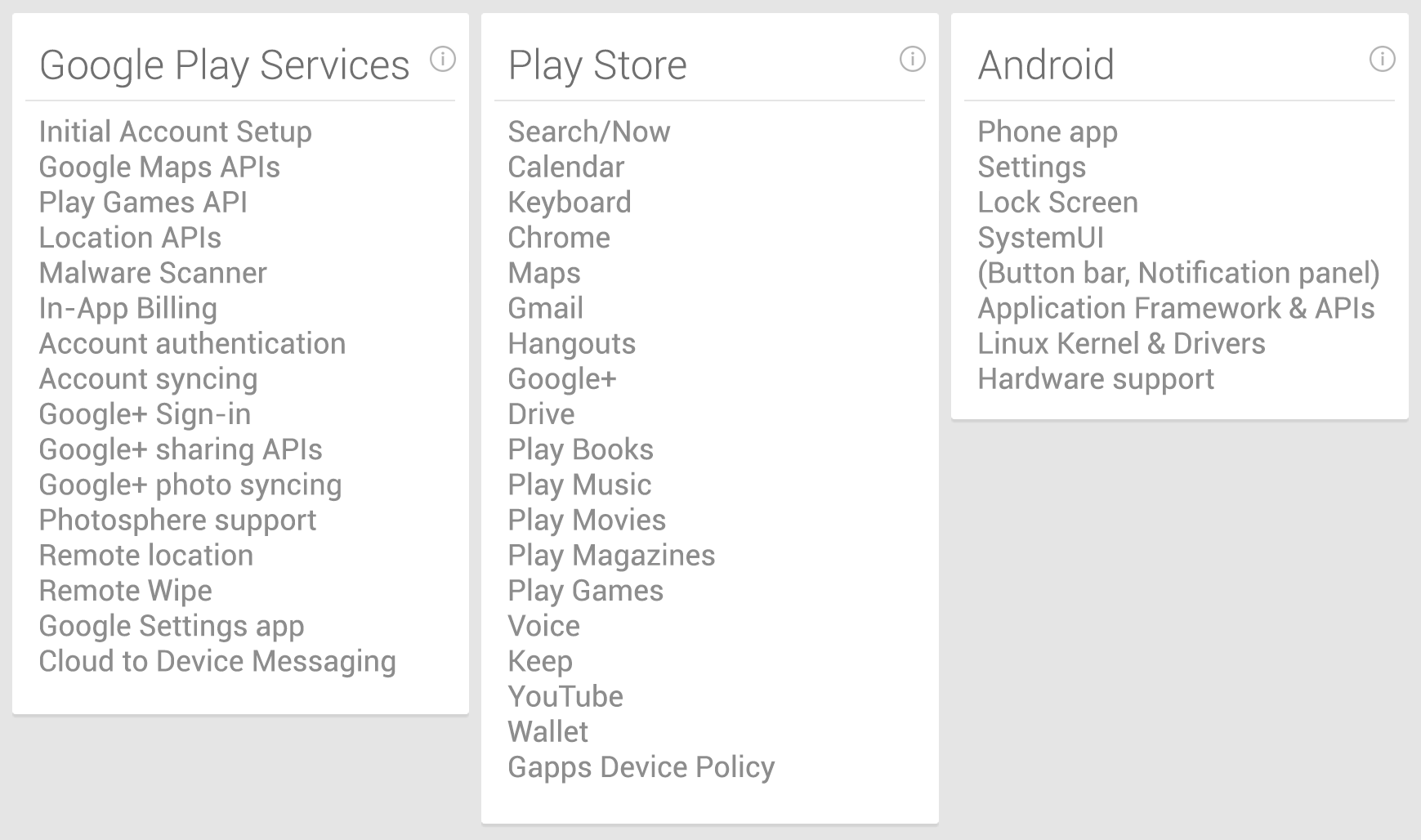
Most features and apps that we tend to think of as part of the "pure Android experience" are Google add-ons that have been decoupled from the main system. Just look at the major features of Android 4.1+, it includes mostly performance fixes (Project Butter), and one major feature (Google Now) which was actually just an update to the Google Search app. The reason for doing it this way is that with Google Play services, the updates get pushed to almost the entire ecosystem without more than a couple weeks delay. For example, according to the latest numbers Jelly Bean is on 49% of Android devices, and the newest version of Android 4.3 is on just 1.5% of devices (which right now means Nexus devices and the two Google Edition devices).
But, a far more important update was Google's Verify Apps security system, which checks apps that are being installed for malware. Verify Apps was pushed out through Google Play services, which means every Google Android device running Android 2.2 and higher received that update within a couple weeks of the rollout beginning. The Verify Apps software was then used to track actual malware installs, data which Google will be sharing with security firms, so there shouldn't be any more exaggerated malware claims that can't be verified or denied. With Verify Apps, we can see exactly what kind of damage has been done (in the Google Android ecosystem).
Google Play services controls the Google Maps API, Google Account syncing, the new Device Manager software and remote wipe options, push notifications, Google Play Games services and much much more. The latest update to Play Services brought low-power location APIs, geofencing, and power saving improvements. These updates were pushed out to over 98% of all Android devices without manufacturer modification or carrier interference, and they add immense value to Google Android, because these updates don't show up in other forks like Amazon's FireOS. And, any app that hooks into Google Play services will not work correctly on those other forks, and may not be accepted into alternative app stores either (which puts into question Eric Schmidt's recent comments about apps working everywhere on Android.)
Decoupling Google Apps and Android 4.4 KitKat
The tag line for Android 4.4 KitKat is "to make an amazing Android experience available for everybody." One way to interpret that statement is to assume that as per rumors Android 4.4 is going to include optimizations for lower-end devices, laptops, and TVs. Another way to interpret it is that Google wants to be able to offer its own Android experience to everybody, including those who have skinned devices from other manufacturers. A big piece to this puzzle has been decoupling apps from the core Google Android package.
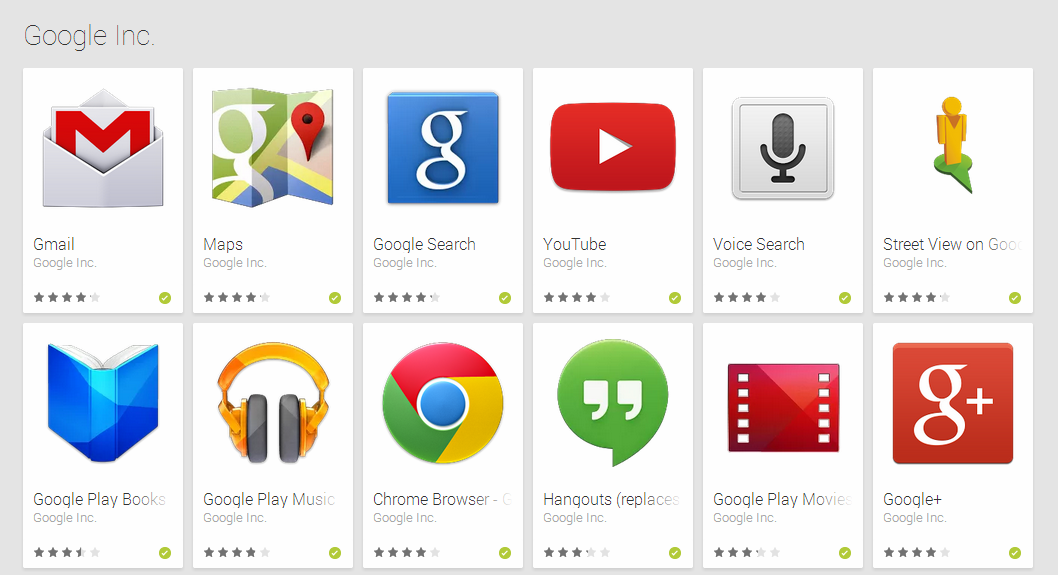
If this turns out to be true, this could be a big shift in how Android is built. The possibility of a "Google Experience Launcher" being released into the Play Store would have a couple major consequences. First, it would mean Google could add more deeply integrated Google services into the launcher itself, because it would no longer be part of the open source base. That would mean the cool concept we saw for Android 5.0 with Google Now built into the notification tray could actually become a reality. This kind of decoupling would also mean that it could become very easy for any user to essentially set up the Google Experience for themselves on any device.
Imagine having a Samsung Galaxy Note 3, and being able to install the Google launcher in addition to Google Calendar and everything else. Sure, the Samsung bloat would still be there, and there are alternative launchers like Nova that simulate the stock Google experience, but Google knows how to add value to its apps. Obviously, power users may still opt for rooting and flashing a custom ROM in order to get rid of the Samsung bloat, but having the standard Google options available in the Play Store would be great for more casual users who want a change. And, of course there will always still be the Nexus route.
The Nexus Experience
One of the original aims of the Google Nexus line of devices was to offer a reference device for developers. The appeal of the Nexus line has expanded, and with it has the scope of what Google wants to put forth with the devices. The Nexus line has moved away from pushing hardware features that Google would like to see in more Android devices, and has moved more towards showing off the Google Experience available for Android.
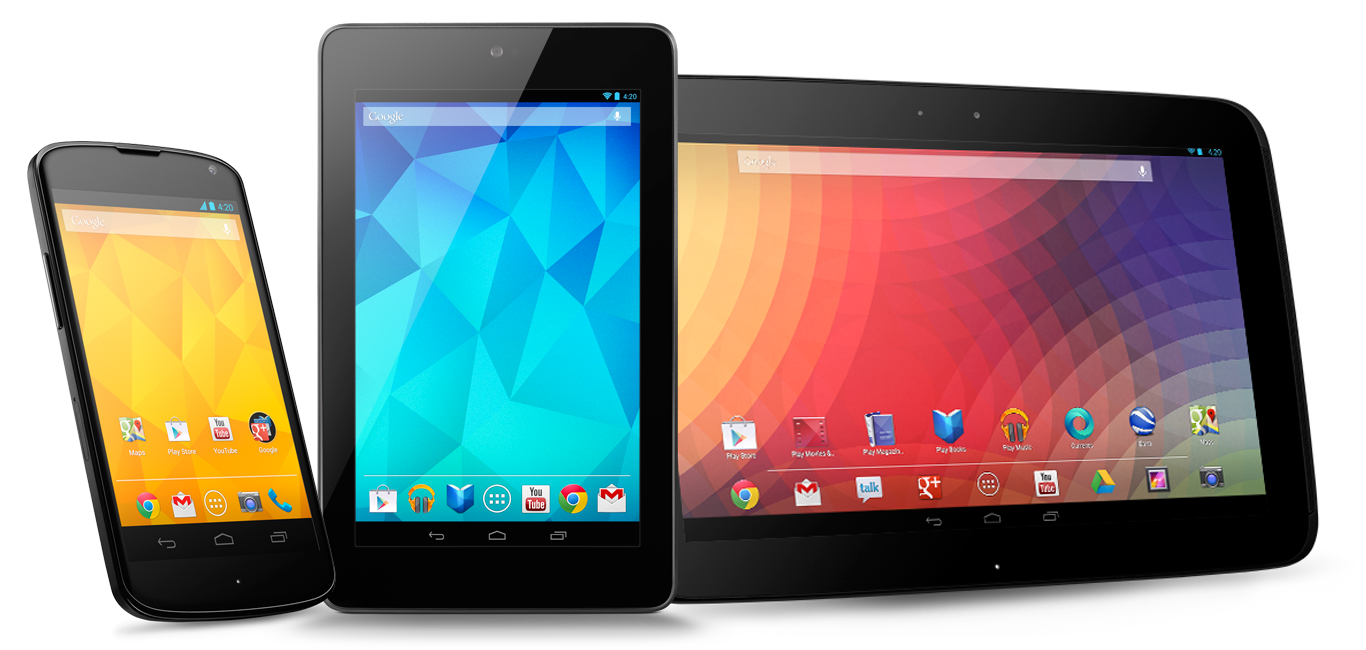
The Nexus Experience is more than just the Google Experience though. While it does offer Google's ideal version of Android to users with what we always call "stock Android" (in truth, stock Android would be the plain system without Google's additions, which is why I argue that Google Android is technically a fork), the Nexus devices also offer additional benefits for developers and hackers alike because the hardware is so easy to unlock and root if you would like. This has led to the Nexus line being the starting point for many interesting projects, including the Ubuntu Touch platform which only officially supports Nexus devices right now (although there is unofficial community-built support for dozens of other devices).
Interestingly, where the Nexus line used to be the place where hardware and software features made their debut, there is growing evidence that this time around the Moto X by Google-owned Motorola has been the device that really shows off the next big feature of Android. The rumors are pointing to the Moto X's Touchless Control being the big feature addition of Android 4.4, which could add always-listening voice control for supported hardware (likely just the Snapdragon 800 to start). Of course, even if this is true, the reality will be that the update will be part of the Google Search app, which will be bundled with Android 4.4, but it won't actually be an update built-in to the core system, though it may require some under-the-hood features in Android 4.4.
Conclusion
At the end of the day, Google has not only built the most popular mobile platform in the world, but it has built one of the most compelling experiences on top of that open source core system. Android is not technically Google, but if you say Android to someone their first thought is likely to be of Google Apps and services (unless said person lives in Russia or China where non-Google Android rule the day). In most regions, and on most flagship devices regardless of the manufacturer software and skins, everything is held together by Google services. The Google Apps are what we use everyday for searching, maps, messaging, productivity, and entertainment; and, Google Play services power many of the best features of those apps.
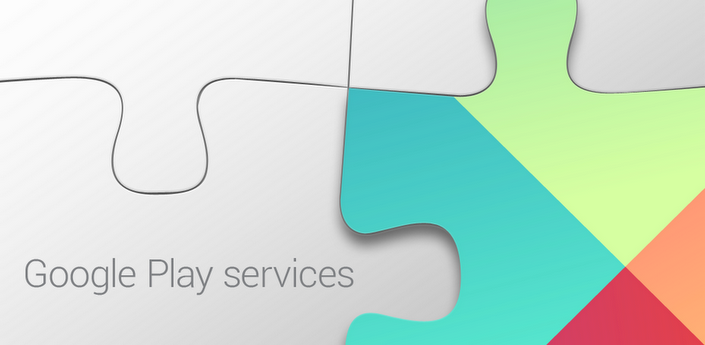
Google will undoubtedly continue to decouple apps from the Android base, and in doing so it will create an easier path for software updates for those components. The most important security updates are being shifted into Google Play services, which helps to mitigate the troubles caused by slow manufacturer and carrier updates. There will still be a need for manufacturers to push updates, but it seems almost like Google has realized that is a losing battle. But, with its current strategy, there is a good chance that Google can come out on top anyway.
image credit: Ron Amadeo
Follow us on Google News





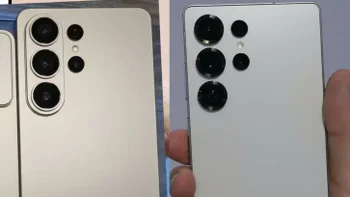








Things that are NOT allowed:
To help keep our community safe and free from spam, we apply temporary limits to newly created accounts: